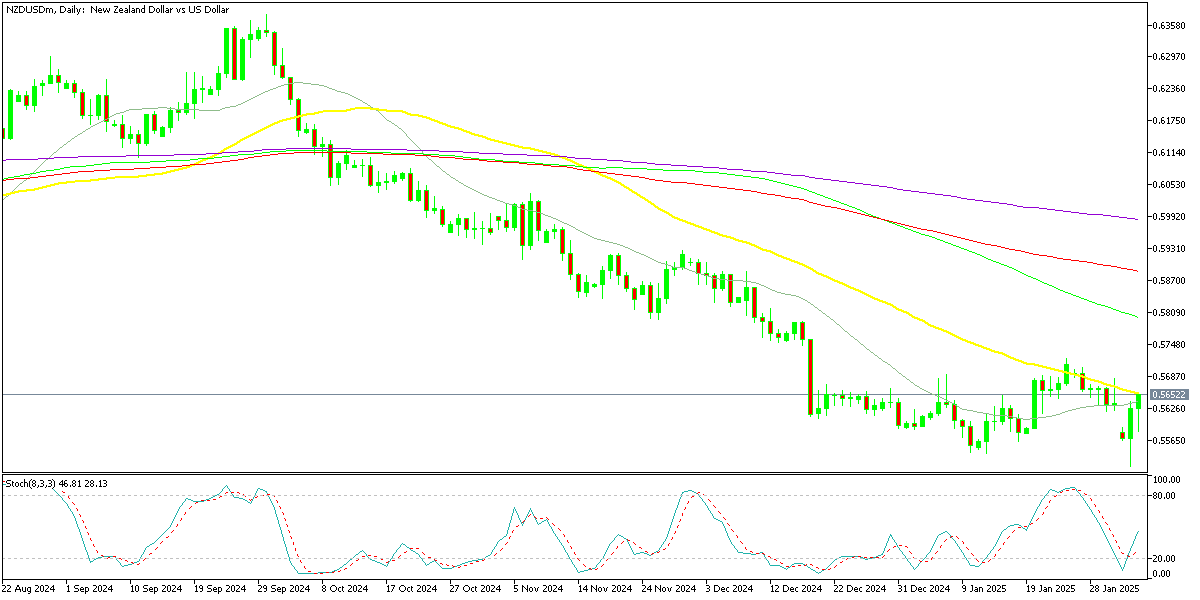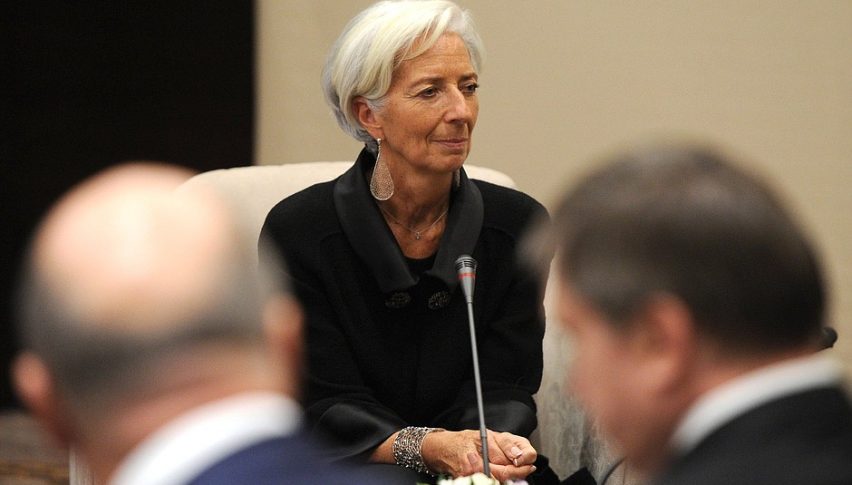China Tariffs and New Zealand Unemployment Jump Doesn’t Affect NZD Upside
NZD/USD has bounced 1.5 cents off the lows above 0.65 this week, despite the China-US trade war and the negative employment report from New.

Live NZD/USD Chart
NZD/USD has bounced 1.5 cents off the lows above 0.65 this week, despite the China-US trade war and the negative employment report from New Zealand.

The NZD/USD pair tumbled over 1 cent lower yesterday, opening with a bearish gap as markets reacted to newly announced U.S. trade tariffs on Canada, Mexico, and China. The decline pushed the pair toward 0.55, a critical support zone near its 2022 low. However, sentiment shifted after the tariffs on Canada and Mexico were temporarily suspended, leading to a rebound.
Markets now await a scheduled call between U.S. President Donald Trump and Chinese President Xi, which was originally delayed. This meeting introduces additional uncertainty for risk-sensitive assets like the New Zealand dollar, though investors are cautiously optimistic that a China trade resolution could follow a similar path to Canada and Mexico. However, the trade deficit remains a major sticking point.
NZD/USD Chart Daily – Buyers Face MAs As Resistance
Adding to the bearish sentiment, New Zealand’s latest employment data revealed further economic weakness. The soft labor market conditions reinforce expectations that the Reserve Bank of New Zealand (RBNZ) will proceed with interest rate cuts in 2024, maintaining a dovish policy stance.
New Zealand Employment Report – Q4 2024
- The unemployment rate climbed to 5.1%, aligning with forecasts but up from 4.8% in Q3.
- The participation rate edged lower to 71.0%, slightly below the expected 71.1% and down from 71.2% in the previous quarter.
- Employment levels saw a minor 0.1% decline, a smaller contraction than the 0.2% drop anticipated, but still reflecting a sluggish job market.
- The Labour Cost Index (YoY) eased to 2.9%, falling short of the 3.0% forecast and marking a slowdown from the 3.4% recorded in Q3.
New Zealand’s labor market continued to show signs of weakness in the fourth quarter of 2024, with unemployment rising and wage growth slowing. The data suggests weaker labor market conditions, reinforcing expectations that the Reserve Bank of New Zealand (RBNZ) may continue easing monetary policy in 2024 to support economic growth.
NZD/USD Live Chart
- Check out our free forex signals
- Follow the top economic events on FX Leaders economic calendar
- Trade better, discover more Forex Trading Strategies
- Open a FREE Trading Account





